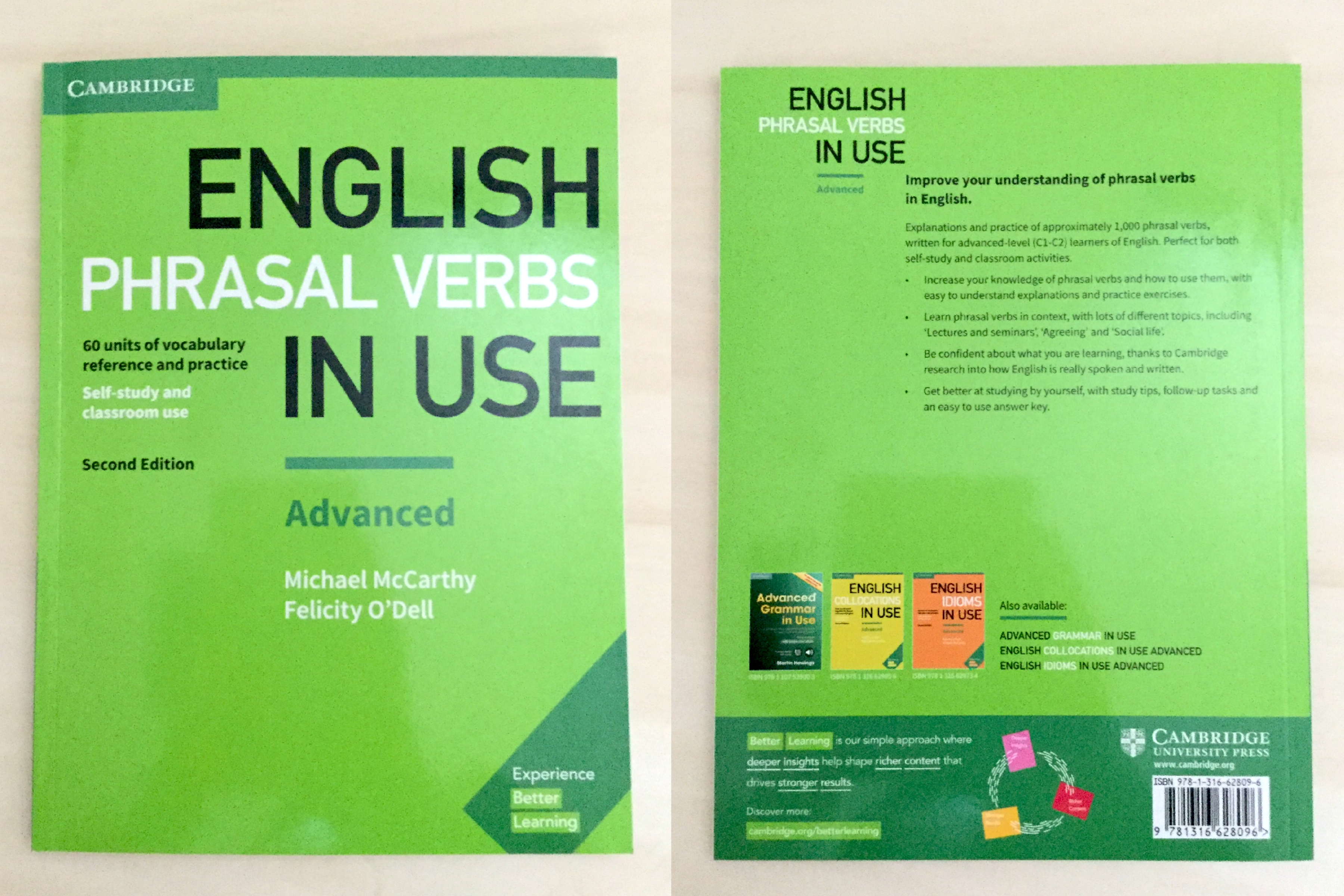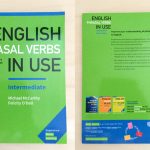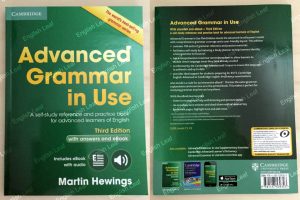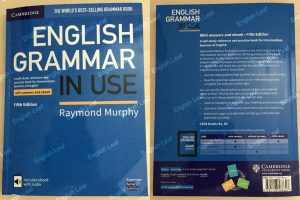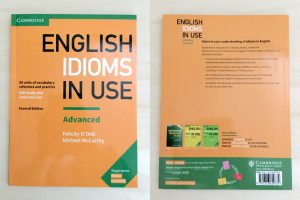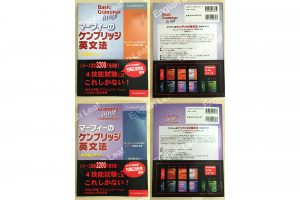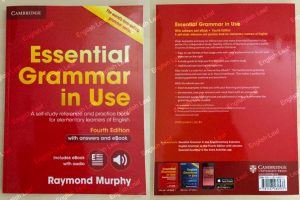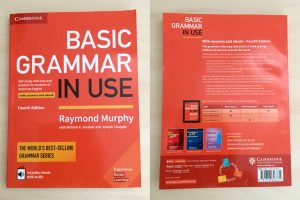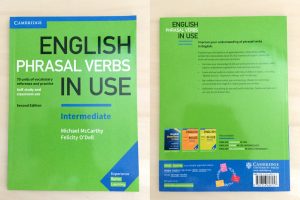【文法書のバイブル! English Grammar in Useシリーズの種類と選び方】も確認する
English Grammar in Useからの句動詞上級
Phrasal Verbsは句動詞または群動詞となります。句動詞とは、動詞+副詞や動詞+副詞+前置詞、というように2語以上で構成される動詞のことです。本書はその句動詞を使いこなすための練習本です。全て英語で書かれているため、読むにもある程度の英語力が必要です。中級と上級にレベルが分けられていて、本書は上級です。

Contents
Acknowledgements
Using this book
Learning about phrasal verbs
1 Phrasal verbs: what are they and how are they used?
2 Grammar of phrasal verbs
3 Phrasal nouns
4 Phrasal adjectives
Interesting aspects of phrasal verbs
5 Collocation and phrasal verbs
6 Register
7 Meaning and metaphor
8 Idioms using phrasal verbs
Key particles
9 Around and about
10 Down
11 In
12 Off
13 On
14 Out
15 Up
Concepts
16 Time
17 Cause and effect
18 Memory
19 Making progress
20 Conflict and violence
21 Sound
Functions
22 Supporting and opposing people or views
23 Agreeing
24 Understanding and having ideas
25 Arranging things
26 Talking about size and number
27 Talking about success and failure
28 Discussing problems
29 Deciding and influencing
30 Exclamations and warnings
Work, study and finance
31 Work
32 Study
33 Lectures and seminars
34 Writing essays
35 Business
36 Money
Personal life
37 At home
38 Clothing and appearance
39 Relationships
40 Character and personal qualities
41 Feelings
42 Social life
43 Health and symptoms
44 The body
45 How people speak
46 How people move
The world around us
47 Nature
48 Weather
49 Places
50 Transport
51 The news
52 Secrets and lies
53 Rules and laws
54 Technology
55 Food and drink
Key verbs
56 Come
57 Get
58 Go
59 Keep
60 Take
Key
Mini dictionary
Acknowledgements English Phrasal Verbs in Use Advanced
Joy Godwin wrote two new units for the Second Edition: Unit 23, Agreeing, and Unit 33, Lectures and seminars. The publishers would like to thank Joy for her contribution to this edition.
The authors and publishers acknowledge the following sources of copyright material and are grateful for the permissions granted. While every effort has been made, it has not always been possible to identify the sources of all the material used, or to trace all copyright holders. If any omissions are brought to our notice, we will be happy to include the appropriate acknowledgements on reprinting and in the next update to the digital edition, as applicable.
Key: T = Top, B = Below, C = Centre, TL = Top Left, TR = Top Right, CL = Centre Left, CR = Centre Right, BR = Below Right, BL = Below Left.
Cambridge Dictionaries
Cambridge Dictionaries are the world’s most widely used dictionaries for learners of English. The dictionaries are available in print and online at dictionary.cambridge.org. Copyright © Cambridge University Press, reproduced with permission.
Using this book
Why was this book written?
It was written to help you take your knowledge of phrasal verbs to a more advanced level it is intended for students who already have at least an upper intermediate level of English. Man of you will have already worked with English Phrasal Verbs in Use Intermediate and this book builds on the work done there. However, it does not matter if you have gained your knowledge of phrasal verbs in a different way. We do not assume that you have used English Phrasal Verbs in Use Intermediate, although we do present and practise either different phrasal verbs in this book or, occasionally, more advanced uses of verbs that were presented in the lower level book.
How were the phrasal verbs in this book selected?
The approximately 1,000 phrasal verbs and related nouns and adjectives which are presented in this book were mainly selected from those identified as significant by the CANCODE corpus of spoken English developed at the University of Nottingham in association with Cambridge University Press, and the Cambridge International Corpus (now known as the Cambridge English Corpus) of written and spoken English. The phrasal verbs selected are accordingly also to be found in the Cambridge Dictionary online by going to the following website: http://dictionary.cambridge.org
How is the book organised?
The book has 60 two-page units. The left-hand page explains the phrasal verbs that are presented in the unit. You will usually find an explanation of the meaning of the phrasal verb, an example of it in use and, where appropriate, some comments on when and how it is used. The exercises on the right-hand page check that you have understood the information on the left-hand page and give you practice in using the material presented.
The units are organised into different sections.
First we start with important information about phrasal verbs in general (Units 1-4): what they are, how their grammar works and so on. We strongly recommend that you do these units first.
The next section looks at some interesting aspects of more advanced phrasal verbs, dealing with such important issues as collocation, register and metaphor. As these are themes that are returned to throughout the book, it is a good idea to work through these units before progressing to other more specific units.
After these two introductory sections, there is a section dealing with some of the most common particles used in forming phrasal verbs. Working on these units will help you to gain a feeling for the force of these particles and will help you have a feeling for the meaning of a phrasal verb you are meeting for the first time.
The next two sections deal with Concepts (e.g. Time) and Functions (e.g. Arranging things). These sections are followed by a large number of topic-based units focusing on different aspects of Work, Personal life and The world around us.
The final section looks at some of the most common verbs which are used to form phrasal verbs.
The book has a key to all the exercises so that you can check your answers. At the back of the book you will also find a useful Mini dictionary. This provides clear definitions of all the phrasal verbs and related noun and adjective forms that appear in this book. The Mini dictionary also indicates the unit number where you can find a particular phrasal verb.
How should I use this book?
It is strongly recommended that you work through Units 1-4 first so that you become familiar with the way phrasal verbs (and their associated nouns and adjectives) operate and with the terminology that is used in the rest of the book. Then we suggest that you move on to Units 5-8 and after that you may work on the units in any order that suits you.
What else do I need in order to work with this book?
You need a notebook or file so that you can write down the phrasal verbs that you study in the book as well as any others that you come across elsewhere.
You also need to have access to a good dictionary. We strongly recommend the Cambridge Phrasal Verbs Dictionary as this gives you exactly the kind of information that you need to have about phrasal verbs. Your teacher, however, may also be able to recommend other dictionaries that you may find useful.
So all that remains is to say Go for it! (Unit 30). We hope you’ll find this an enjoyable as well as a useful way to keep up and extend your knowledge of English phrasal verbs in use.

